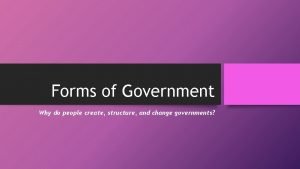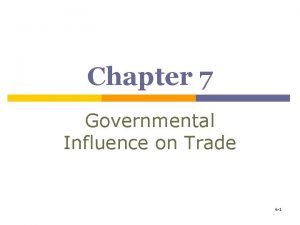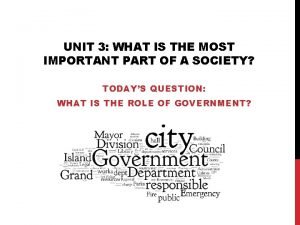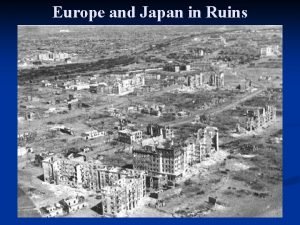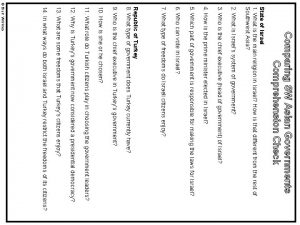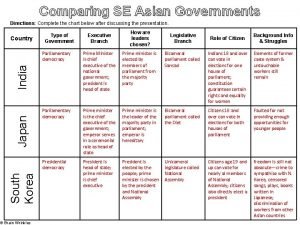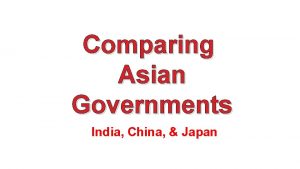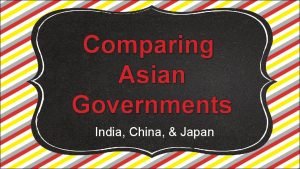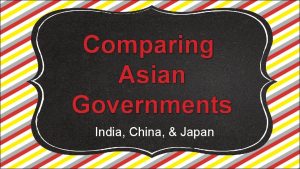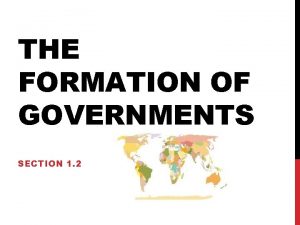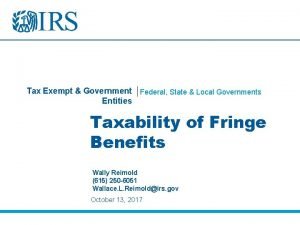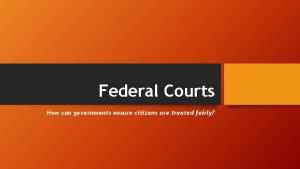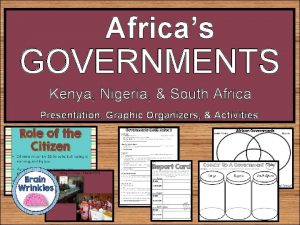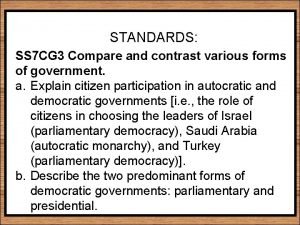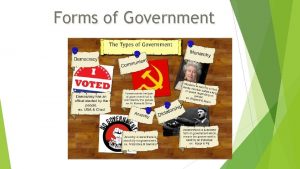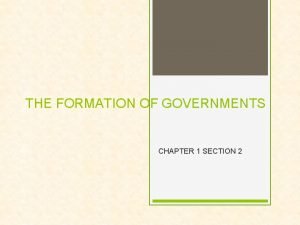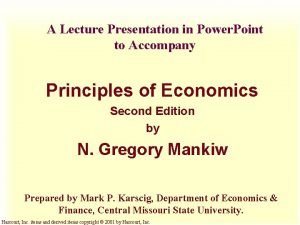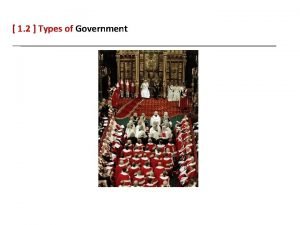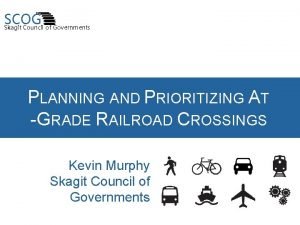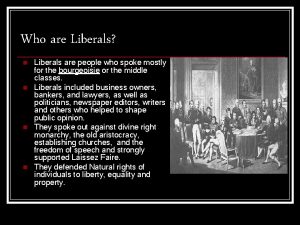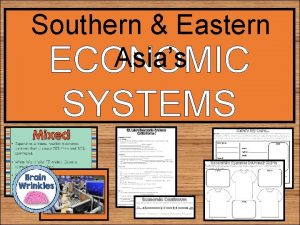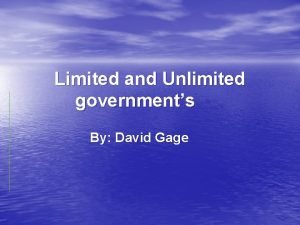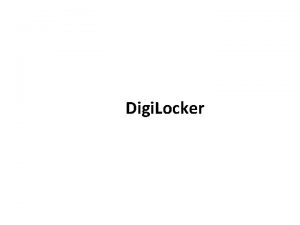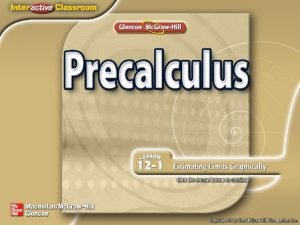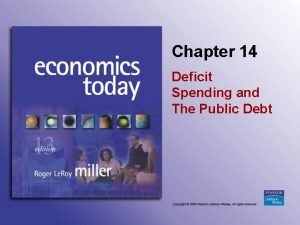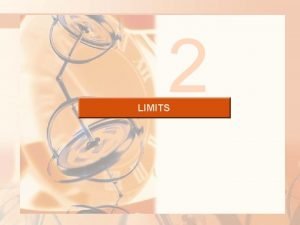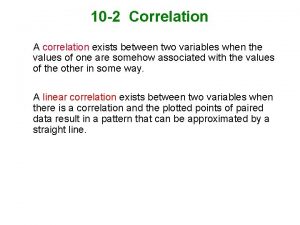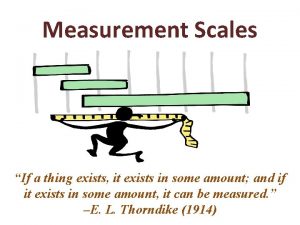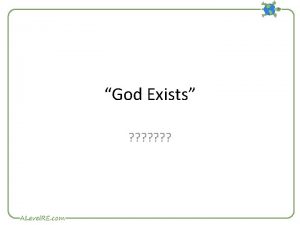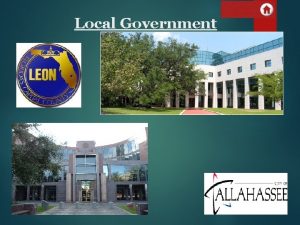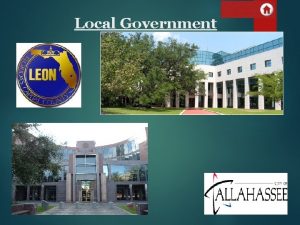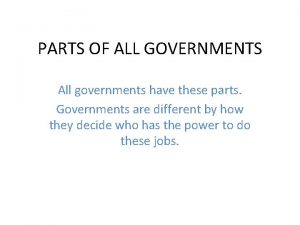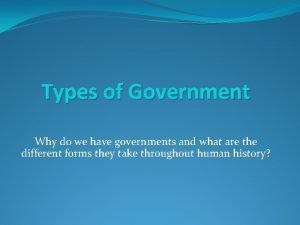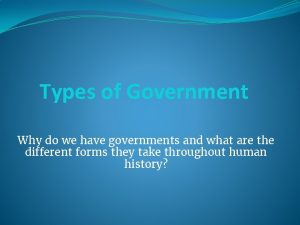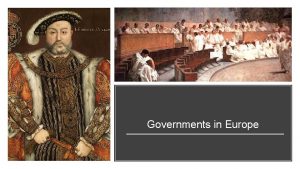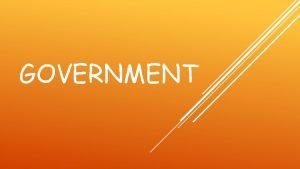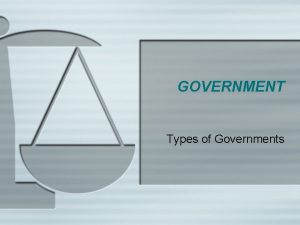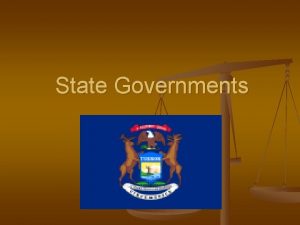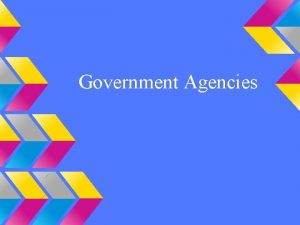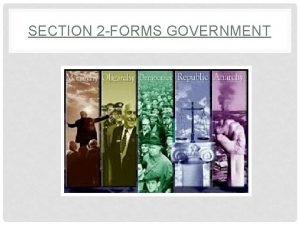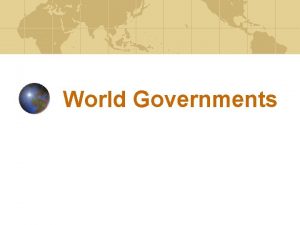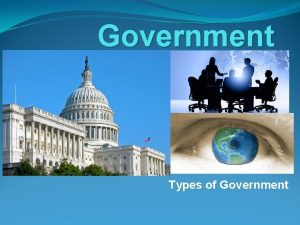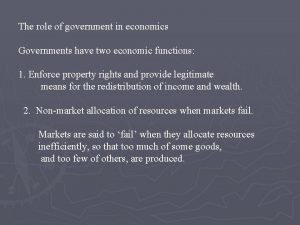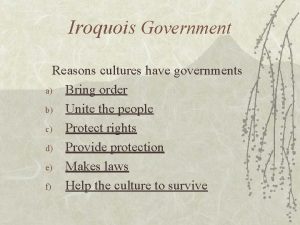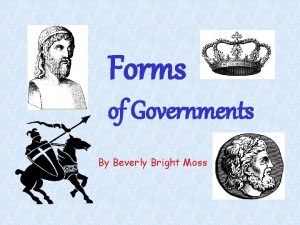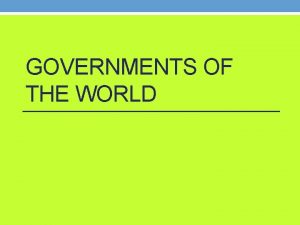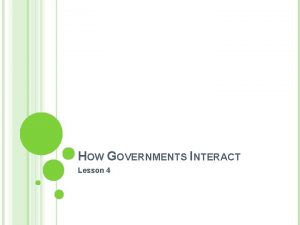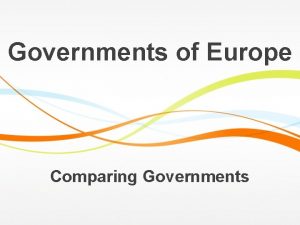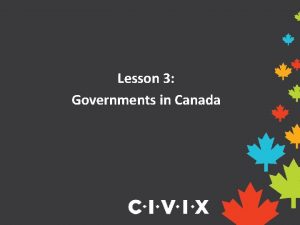Why Government Exists Why do we have governments




































- Slides: 36

Why Government Exists

Why do we have governments? • With a partner, make a list of reasons as to why government exists.

Types of Governments • Democratic ▫ Direct Democracy: all voters meet and decide course of action ▫ Representative Democracy: we elect officials to make decisions for us (REPUBLIC) • Non-Democratic ▫ Monarchy: king or queen ▫ Dictator: one ruler of absolute power ▫ Oligarchy: small number of the very wealthy lead the nation ▫ Theocracy (could be democratic…but does not go by wishes of people): leader of the government is the leader of the state religion

Systems of Government

Organizer for your notes SYSTEM DESCRIPTION STRENGTHS WEAKNESSES EXAMPLES

Three Main Systems Unitary Confederate Federal

Unitary System • Central government holds all the power • Gives directives to lower governments • Allocates power as they choose • Example: Great Britain during Revolution

Confederate System • Local governments hold the power • Weak central government • Promotes cooperation between states • Often has voluntary membership and states can leave • Treaties often used to define relationships between the states

Federal System • Central and local governments share power • Often times, a document outlines which powers each shares (CONSTITUTION) • May have powerful central government, but it may not dissolve states

Think-Pair-Share • Think ▫ Individually, write out the pros and cons of each system of government ▫ Which do you think is best? Why? • Pair ▫ With a partner, discuss the systems and come to a consensus on the best system. ▫ Why is this system better than the others? • Share ▫ Class Discussion

Declaration of Independence • Read the Declaration of Independence with a partner and come up with a list of the five key points Jefferson was trying to make in this document. • Discuss the reasons as to why Jefferson worded the document the way he did and what goals he was trying to accomplish.

Review: Key points of Declaration • Make a list of the key points of the Declaration of Independence ▫ (Try to get about 5) • It is important to know the main concepts for your test!

Declaration of Independence • Have a right to become separate and equal states • It is necessary to explain why they are leaving GB • Government can’t take away certain rights (life, liberty, pursuit of happiness) • Governments need the consent of the people • List of grievances against King • Declaration: absolved from allegiance to British crown ▫ Free and independent states

Video overview

Articles of Confederation • First written constitution of the US ▫ A plan of government ▫ Set up a “friendship” among the 13 states ▫ Government was a confederation • Didn’t want 1 strong central government • Congress served as the last resort on appeal of disputes ▫ Congress given the authority to make treaties and alliances, maintain armed forces and coin money • Wanted to preserve individual state’s powers ▫ Remained sovereign and independent

Articles of Confederation STRENGTHS: • To declare war and make peace • To coin and borrow money at state level • To detail with foreign countries and sign treaties • To operate post offices WEAKNESSES: • The national government could not force the states to obey its laws • It did not have the power to tax • It did not have the power to enforce laws • Congress lacked strong and steady leadership • There was no national army or navy • There was no system of national courts • There was no strong executive branch • Each state could put tariffs on trade between states (A tariff is a tax on goods coming in from another state or country. )

Constitutional Convention • Delegates from each state wrote a new plan for government • The constitution + amendments describe the relationship between the government and citizens • James Madison is considered the founding father of the constitution

Ideology behind Constitution • Social Contract Theory ▫ Major Theorists: Hobbes, Locke, Rousseau ▫ Relationship between individuals and their governments need mutual consent ▫ Important historical role in the emergence of the idea that political authority must be derived from the consent of the governed ▫ Citizens give up some rights

Ideology behind Constitution • Popular Sovereignty ▫ Legitimate states must have consent of the people ▫ People have all the political power Explain: How does this work in the US?

Key Vocabulary • Limited Government ▫ Government with specific restrictions on power ▫ Constitution did this by clarifying what government can and cannot legally do to the citizens • Majority Rule ▫ Everyone will accept the decision of the majority ▫ Minority Rights: Provisions to protect minority views on issues

The Constitution • Why was it created? ▫ Originally to fix the Articles…then just replaced them ▫ Created the new laws of the land based on a FEDERAL system • What are some key ideas outlined within the Constitution? • Explain the structure of our government system

The Constitution • Why was it created? ▫ Originally to fix the Articles…then just replaced them ▫ Created the new laws of the land based on a FEDERAL system • What are some key ideas outlined within the Constitution? ▫ Federalism, Checks/Balances • Explain the structure of our government system ▫ Multiple layers…State/Federal, 3 Branches

Approving the Constitution • Signed by 39 out of 42 framers • Then had to be sent to states for ratification (approval) ▫ Had to be ratified by 9 out of 13 ▫ Supporters: Federalists- needed a strong national gov to keep country united (Jay, Hamilton, Madison) ▫ Opposition: Anti-federalists- didn’t think states’ power would be protected

• Eventually, federalists gained support • NC and RI only approved constitution after it went into effect • Washington sworn in as first president

Constitution review

• • • Weaknesses of the Articles Most power held by states One branch of government No executive branch No judicial system No checks and balances • • • Strengths of the Constitution Most power held by national gov- distributed to states Three branches of government Executive branch led by a president Judicial system has an equal branch Firm system of checks and balances


SEPARATIO N OF POWERS Creates the system of “checks and balances”

3 Branches of Government

Amending the Constitution

The Amendment Process • Outlined in Article V of the Constitution • Amendment Proposal: ▫ 2/3 vote in both houses of Congress ▫ Legislatures in 2/3 of the states (34 of 50) can ask Congress to call for a national convention • Ratification of Amendments (making it official) ▫ ¾ of the states must approve (38 of 50) ▫ Approved by state legislatures or state conventions

Amendments • Constitution amended a total of 27 times • If people do not like results of an amendment, they may repeal it ▫ Example: 1933, 21 st amendment repealed the 18 th amendment (Prohibition)

Amending the Constitution

Constitutional changes without Amendments • Constitution is a broad outline for the governing • Changes can be made through tradition ▫ Example: Presidential cabinet in executive branch • “Unwritten Constitution”

Interpreting the Constitution • Congressional laws ▫ Example: Minimum Wage �Congress can control trade between states �Goods made by workers travel amongst states �Thus, Congress has power to pass laws about working conditions nationally ▫ Always able to be overturned by Judicial Review �Congress can rewrite the law using the court’s objections as guidance

Document Review: Declaration
 Why do people create, structure, and change government?
Why do people create, structure, and change government? Why do governments intervene in international trade
Why do governments intervene in international trade Hey bye bye
Hey bye bye Which solid figure has 6 faces 8 vertices and 12 edges
Which solid figure has 6 faces 8 vertices and 12 edges What are the three levels of government
What are the three levels of government Different kind of governments
Different kind of governments Three political problems postwar governments faced
Three political problems postwar governments faced Se asia governments comprehension check
Se asia governments comprehension check Comparing se asian governments answer key
Comparing se asian governments answer key Comparing asian governments
Comparing asian governments Comparing asian governments
Comparing asian governments Comparing asian governments
Comparing asian governments Centre region council of governments
Centre region council of governments Comparing african governments
Comparing african governments The formation of governments 1-2
The formation of governments 1-2 Are local governments tax exempt
Are local governments tax exempt Are city governments tax exempt
Are city governments tax exempt Comparing sw asian governments
Comparing sw asian governments How can governments ensure citizens are treated fairly
How can governments ensure citizens are treated fairly How do the governments of kenya and nigeria compare?
How do the governments of kenya and nigeria compare? Comparing sw asian governments
Comparing sw asian governments How are governments classified
How are governments classified The formation of governments 1-2
The formation of governments 1-2 Government can sometimes improve market outcomes examples
Government can sometimes improve market outcomes examples What are the three ways to classify governments
What are the three ways to classify governments Scog
Scog Liberals wanted governments to be based on
Liberals wanted governments to be based on Economic systems chart
Economic systems chart Anarchy limited or unlimited
Anarchy limited or unlimited Php mysql create table if not exists
Php mysql create table if not exists A digilocker account already exists
A digilocker account already exists Estimate each one-sided or two-sided limit if it exists
Estimate each one-sided or two-sided limit if it exists Deficit spending exists when
Deficit spending exists when When does a limit not exist
When does a limit not exist How to know if a limit exists
How to know if a limit exists A correlation exists when
A correlation exists when Comparative advantage exists when one person can produce
Comparative advantage exists when one person can produce
